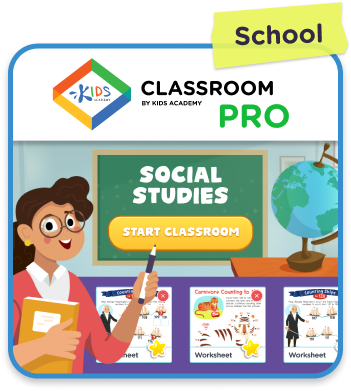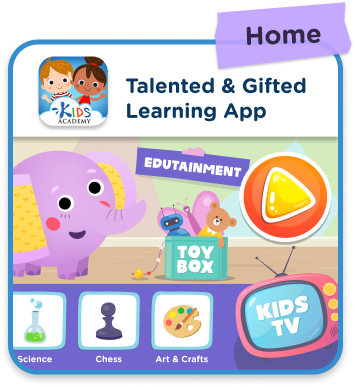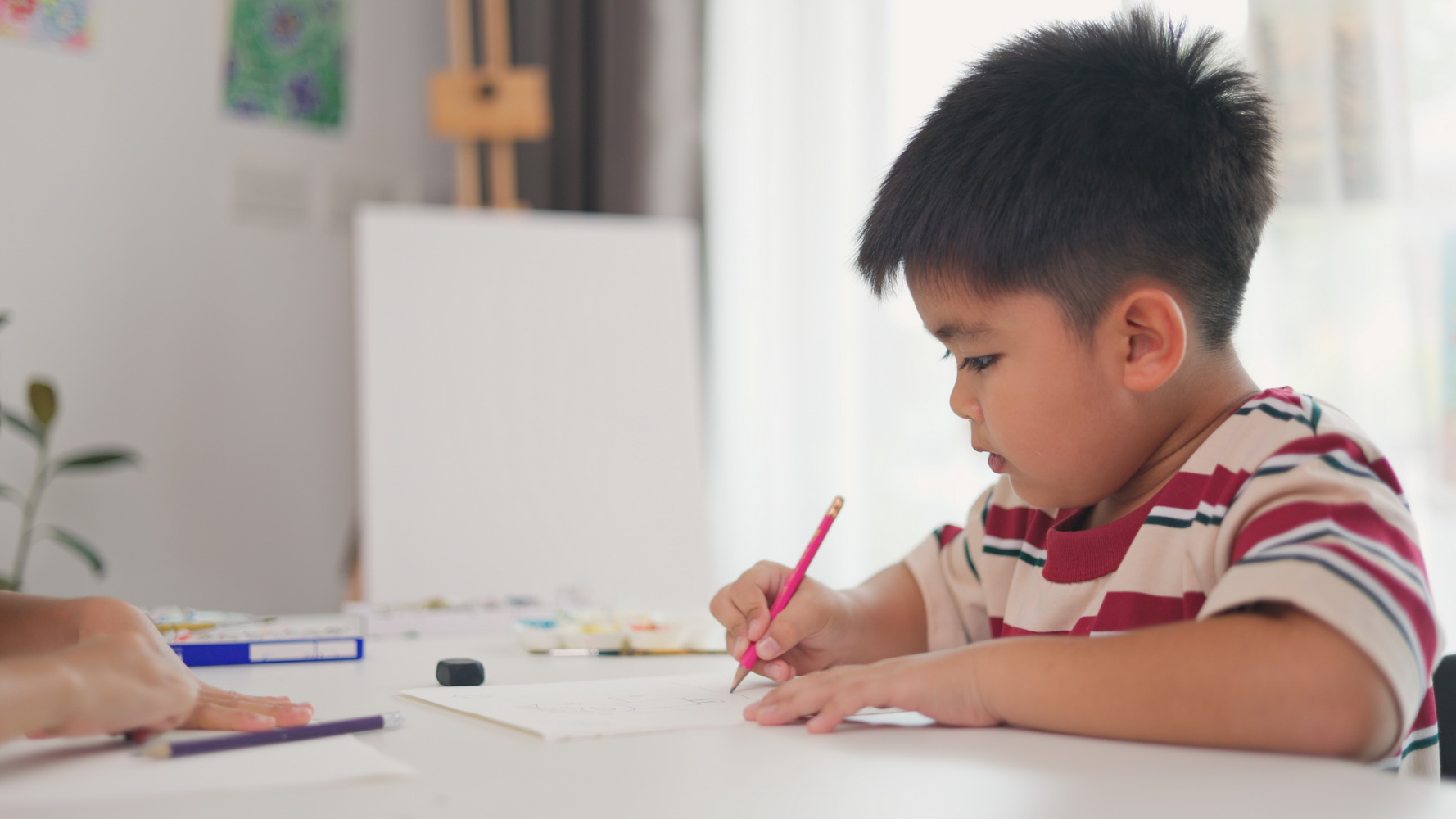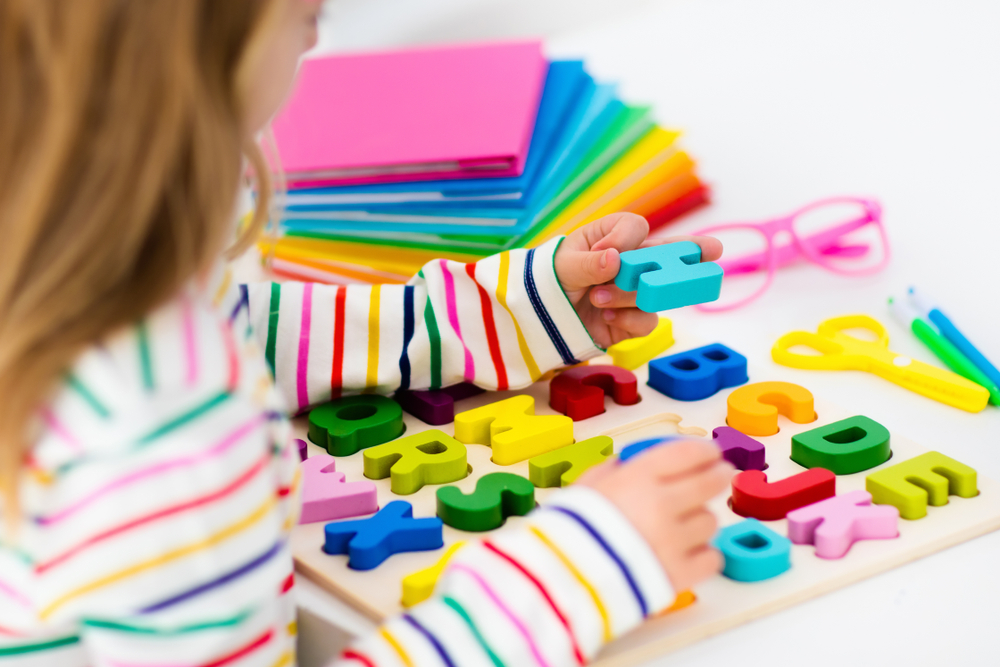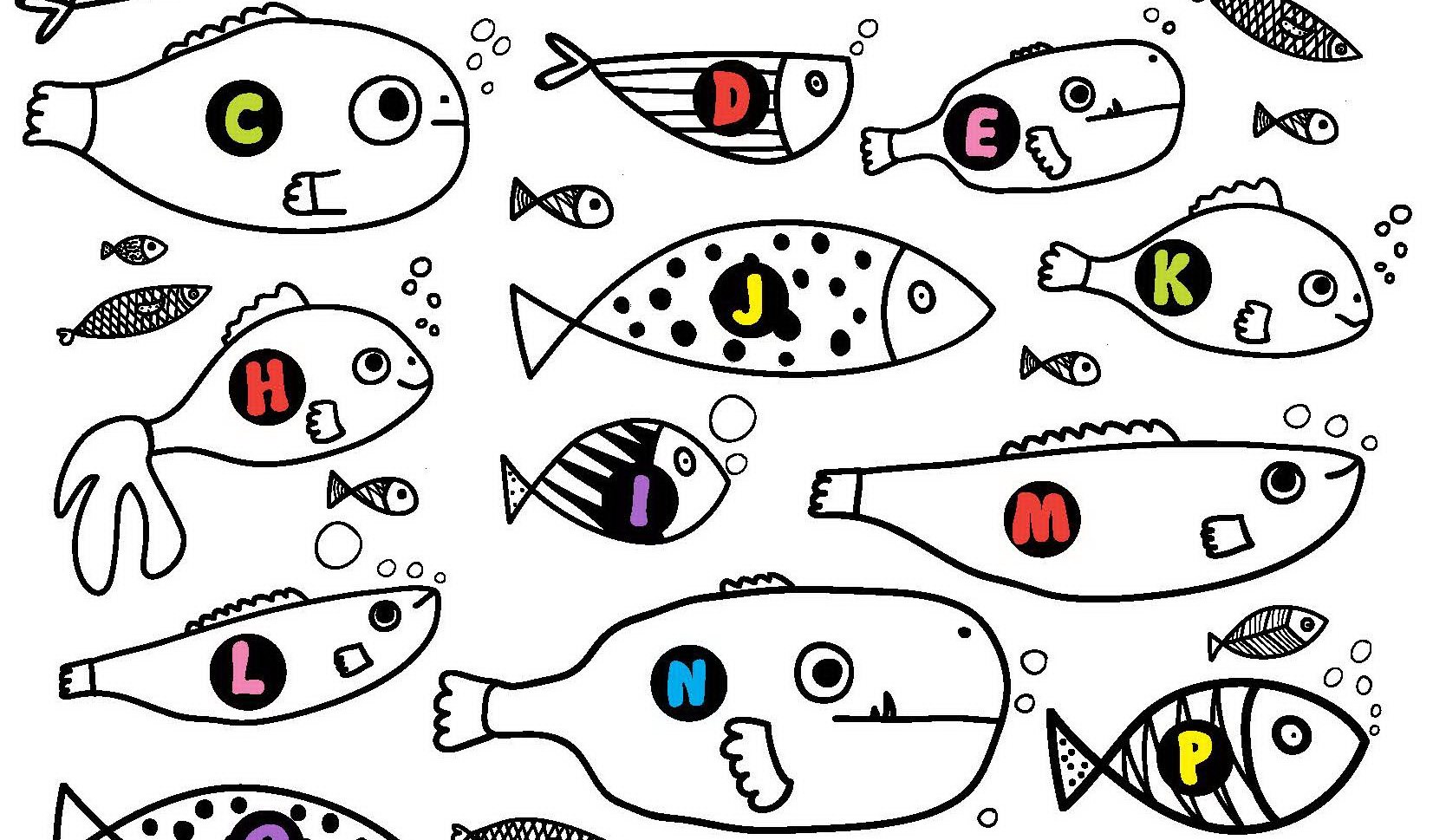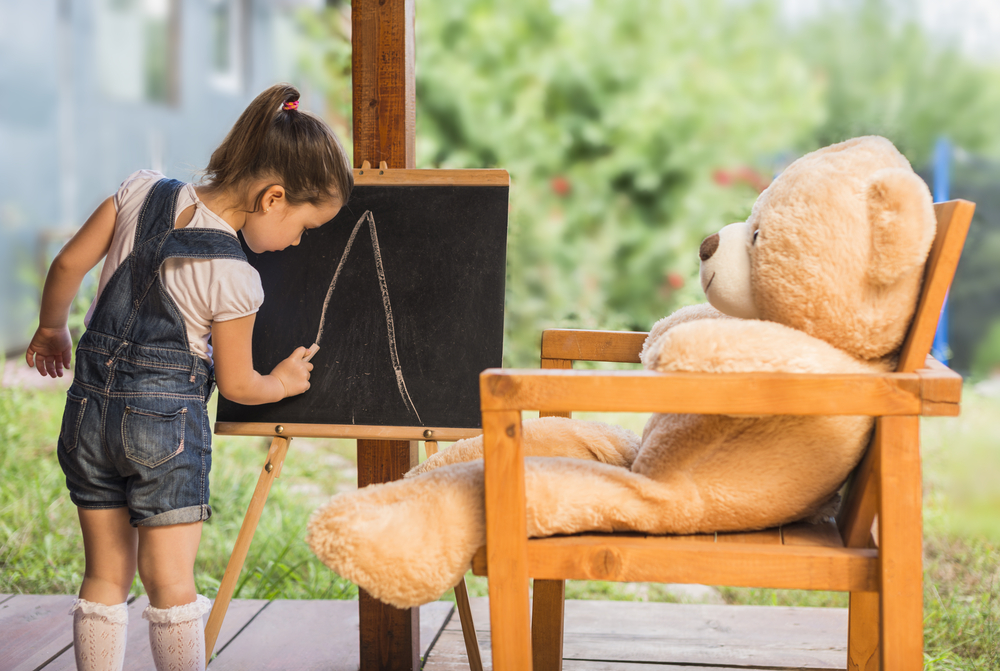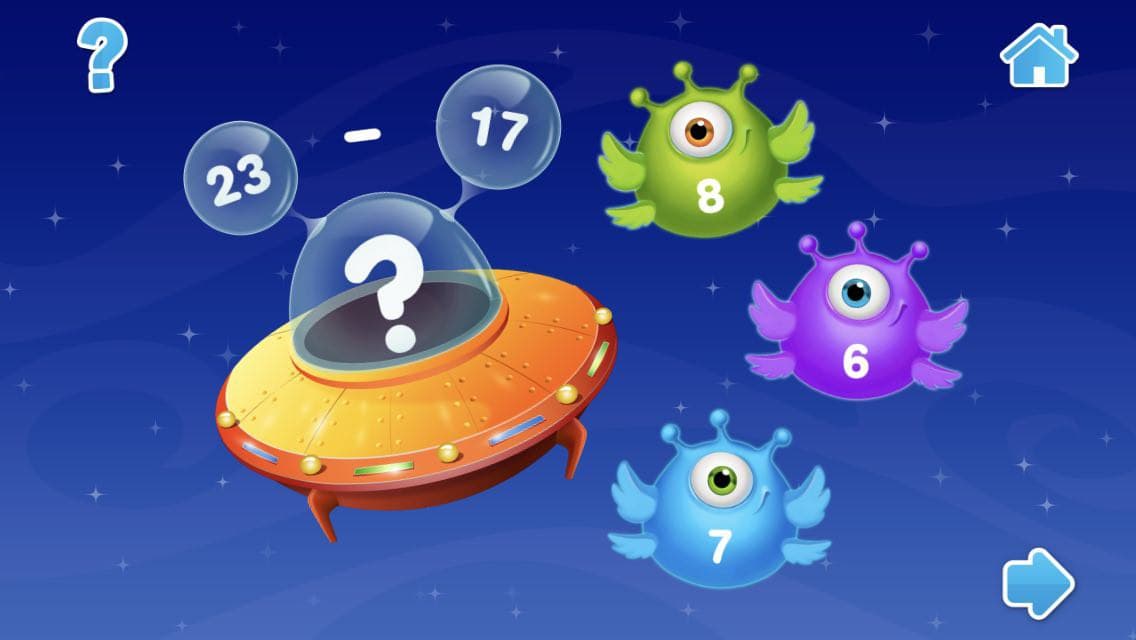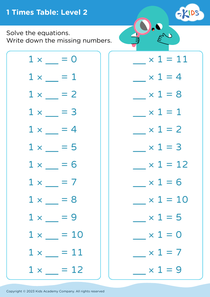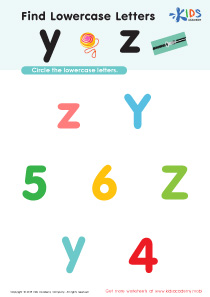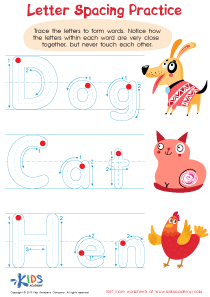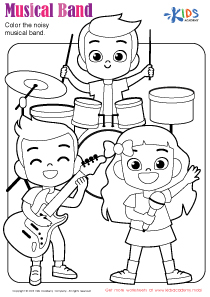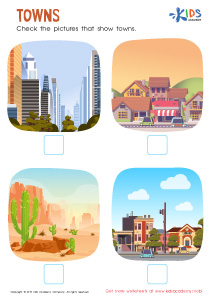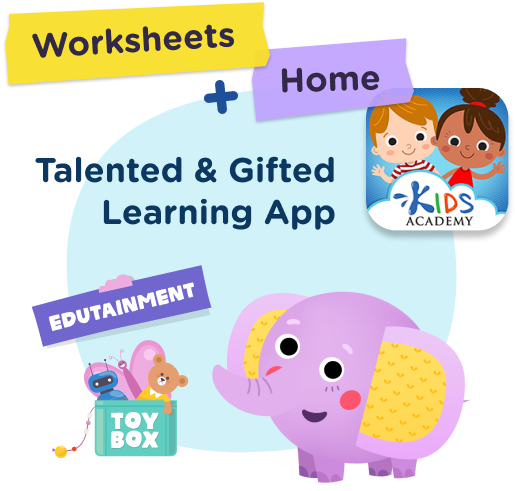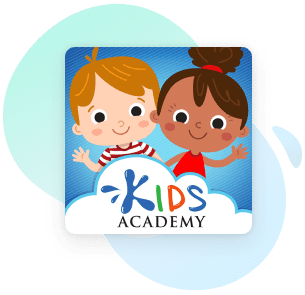Alphabet familiarity Normal Uppercase Letters Worksheets for Ages 3-6
4 filtered results
-
From - To
Boost your child's letter recognition skills with our "Alphabet Familiarity Normal Uppercase Letters Worksheets" designed for ages 3-6. These engaging worksheets help young learners become familiar with uppercase letters through fun activities, including tracing, coloring, and matching exercises. Each worksheet is crafted to enhance fine motor skills and cognitive development while fostering a love for language. Ideal for preschool and kindergarten classrooms, these resources make learning the alphabet enjoyable and interactive. Nurture your child's early literacy skills and lay a strong foundation for their future education with our thoughtfully designed printable worksheets. Start your learning journey today!
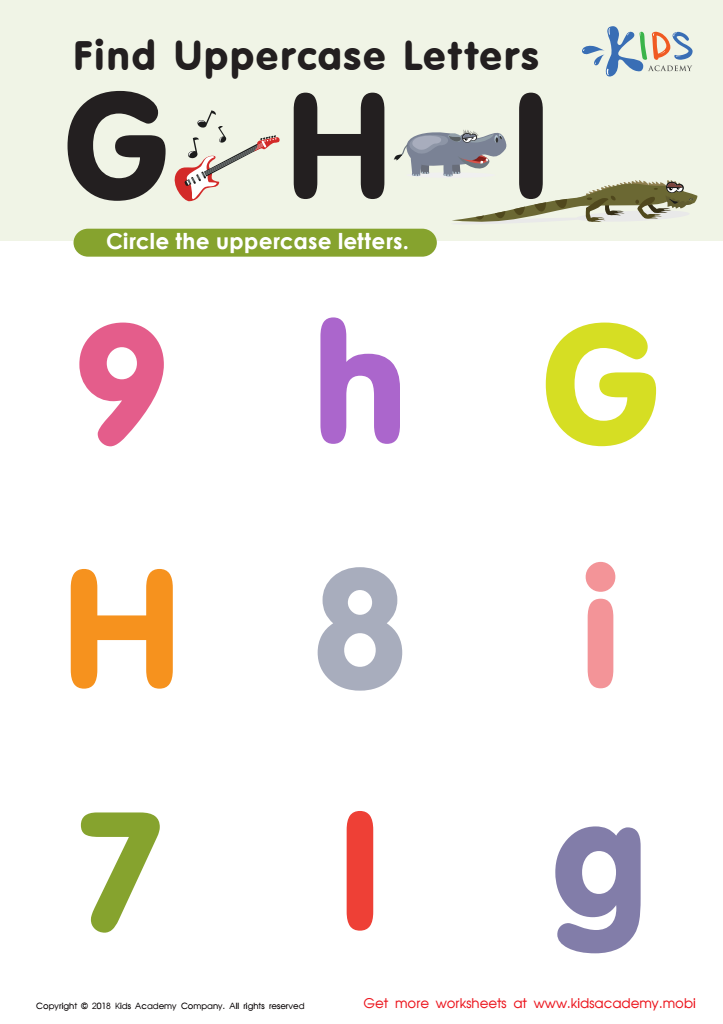

Find Uppercase Letters G, H, and I Worksheet
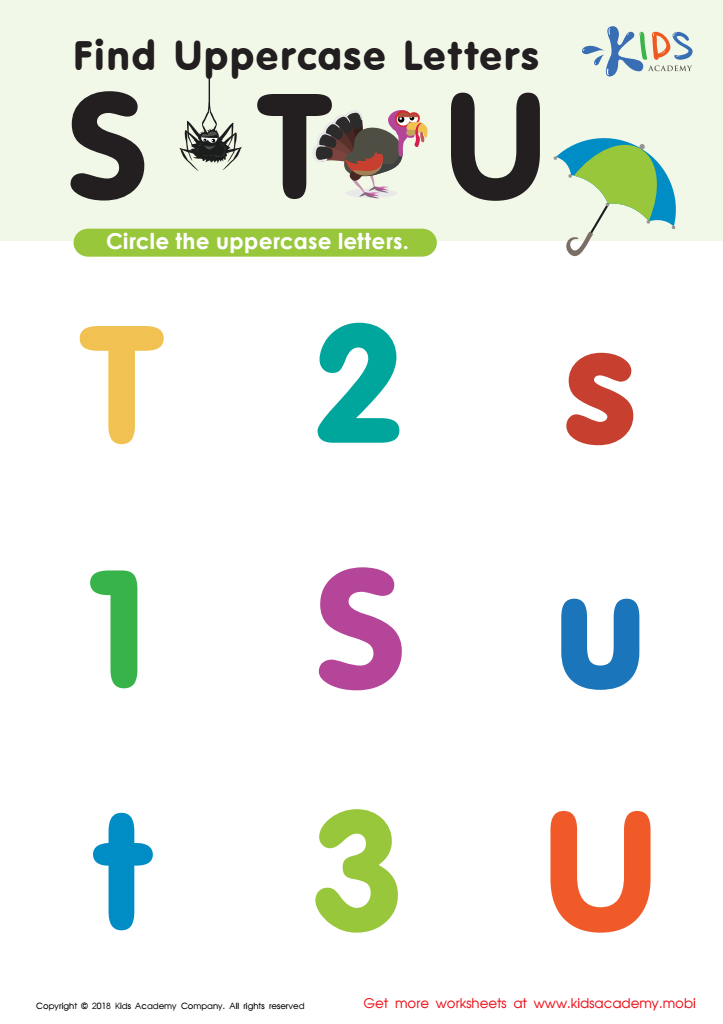

Find Uppercase Letters Worksheet
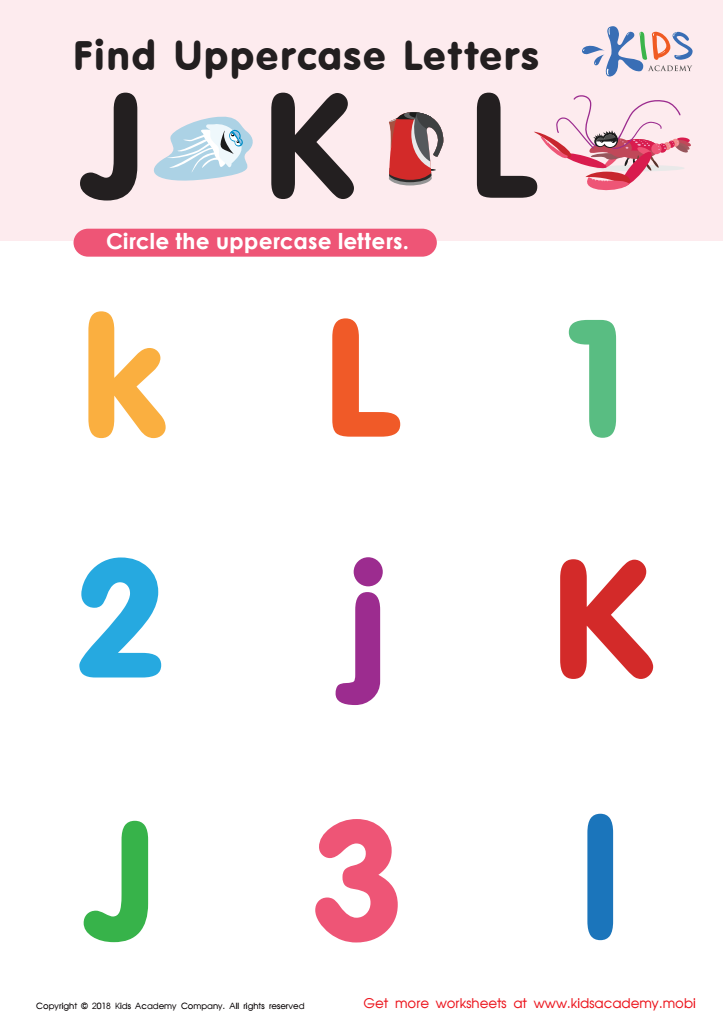

Find Uppercase Letters J, K, and L Worksheet
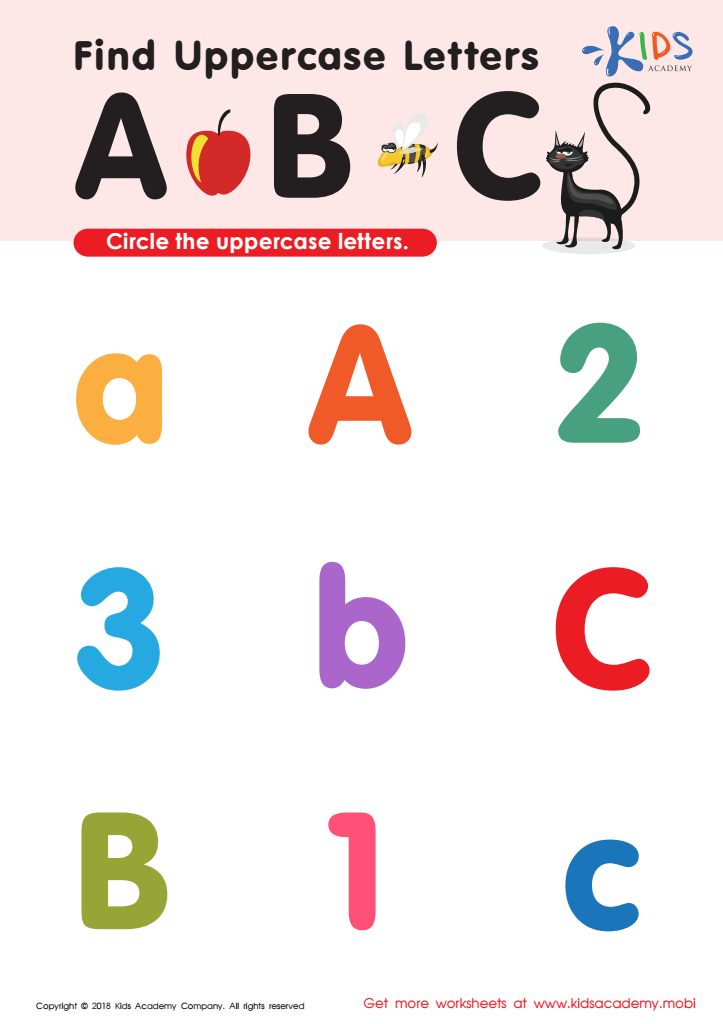

Find Uppercase Letters A, B, and C Worksheet
Alphabet familiarity, particularly with uppercase letters, is crucial for children aged 3-6 for several reasons. During these formative years, children develop foundational skills in literacy, which are vital for their future academic success. Understanding uppercase letters is often one of the first steps in this journey.
Uppercase letters have distinct shapes that help children identify and differentiate between various letters. Familiarity with these letters aids in their ability to recognize words, which is essential for reading. When children can confidently identify uppercase letters, they are more likely to engage with reading materials, fostering a love for books and learning.
Moreover, uppercase letters are commonly used in writing, especially when children begin generating their own text. Teaching them to recognize and form uppercase letters promotes their early writing skills. This also helps them with key concepts such as names, which often start with capital letters.
Finally, children learn by associating letters with sounds, laying the groundwork for phonics. As parents and teachers nurture letter familiarity through engaging activities, they foster not only educational development but also creativity and self-expression. Supporting early literacy skills leads to increased confidence and motivation, setting a positive trajectory for lifelong learning.
 Assign to My Students
Assign to My Students
